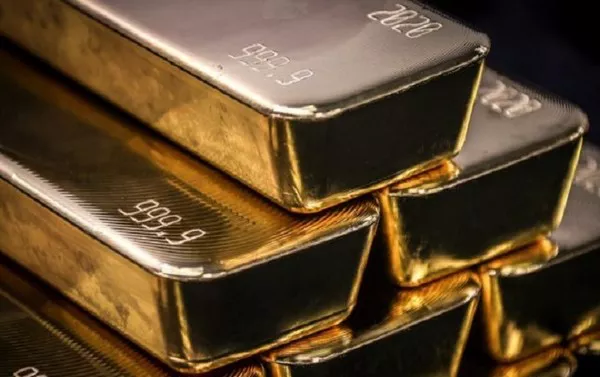The intricate relationship between gold and the U.S. dollar is a subject of enduring fascination and importance in the world of finance and economics. It is a connection shaped by history, economic principles, and the dynamics of global trade. In this comprehensive exploration, we’ll delve into the complex and multifaceted relationship between gold and the U.S. dollar, examining its historical context, the role of each asset, and the influence they exert on each other. Additionally, we will address common FAQs related to this vital connection.
1. Historical Significance of Gold and the U.S. Dollar
Gold’s historical significance predates the existence of the U.S. dollar by millennia. As one of the earliest forms of currency, gold has been a universally recognized store of value and a medium of exchange across diverse cultures and eras. Its intrinsic properties, including scarcity, durability, and divisibility, have made it an enduring asset. On the other hand, the U.S. dollar gained prominence in the 18th century and became the world’s primary reserve currency in the 20th century. This historical backdrop sets the stage for the complex interplay between the two.
2. Gold as a Hedge Against Inflation and Uncertainty
Gold’s status as a hedge against inflation and economic uncertainty is well-established. During periods of economic instability, such as financial crises or geopolitical tensions, investors often turn to gold as a safe haven asset. Its value tends to remain relatively stable when other financial assets may experience volatility. In contrast, the U.S. dollar, as a fiat currency not backed by a physical commodity, can be subject to inflation and economic fluctuations, which can erode its purchasing power over time.
3. Dollar Devaluation and Gold Prices
A central facet of the gold-dollar relationship is the impact of dollar devaluation on gold prices. When the value of the U.S. dollar weakens, whether due to inflation, economic challenges, or shifts in monetary policy, the price of gold often experiences an inverse correlation by rising. This inverse relationship has been observed over the years and is a fundamental factor influencing gold markets. Investors view gold as a way to preserve their wealth in the face of a depreciating currency, making it a valuable asset in times of dollar devaluation.
4. The Gold Standard and Bretton Woods System
The historical ties between gold and the U.S. dollar were more direct during periods of the gold standard. Under this system, the U.S. government guaranteed that it would exchange dollars for a fixed amount of gold, providing stability to international monetary relations. However, the gold standard was abandoned in the early 1970s, leading to the establishment of the Bretton Woods system, where the U.S. dollar remained the primary reserve currency but was no longer directly tied to gold. This shift marked a significant transformation in the relationship between these two assets.
FAQs on the Relationship Between Gold and the U.S. Dollar
1. Why is gold often considered a hedge against economic uncertainty?
Gold’s long history of preserving value and its tangible nature make it an attractive option for investors seeking a safe haven during times of economic uncertainty. It is seen as a reliable store of wealth that can withstand market turbulence.
2. How does dollar devaluation affect gold prices?
Dollar devaluation, whether driven by inflation, economic instability, or monetary policy changes, often leads to an increase in gold prices. Investors seek gold as a means to protect their assets from the eroding effects of a weaker dollar.
3. What led to the abandonment of the gold standard?
The decision to abandon the gold standard was primarily driven by the need for greater flexibility in monetary policy. It allowed governments to manage their economies more effectively and address economic challenges without the constraints imposed by a fixed gold-backed currency.
4. How does the U.S. dollar’s status as the world’s primary reserve currency affect gold?
The U.S. dollar’s position as the world’s primary reserve currency means that many countries hold substantial dollar reserves. Changes in the value of the dollar can have a cascading effect on global economies and impact the demand for gold as a hedge.
5. Is the relationship between gold and the U.S. dollar static or dynamic?
The relationship is dynamic and subject to change. It is influenced by a multitude of factors, including economic conditions, geopolitical events, changes in monetary policy, and shifts in investor sentiment.
In conclusion, the relationship between gold and the U.S. dollar is a multifaceted and continually evolving phenomenon. Rooted in history and shaped by economic principles, this connection remains a topic of enduring interest and importance in the realms of finance and economics. Understanding how these two assets interact is crucial for investors, central banks, and policymakers as they navigate the complexities of the global financial landscape.

